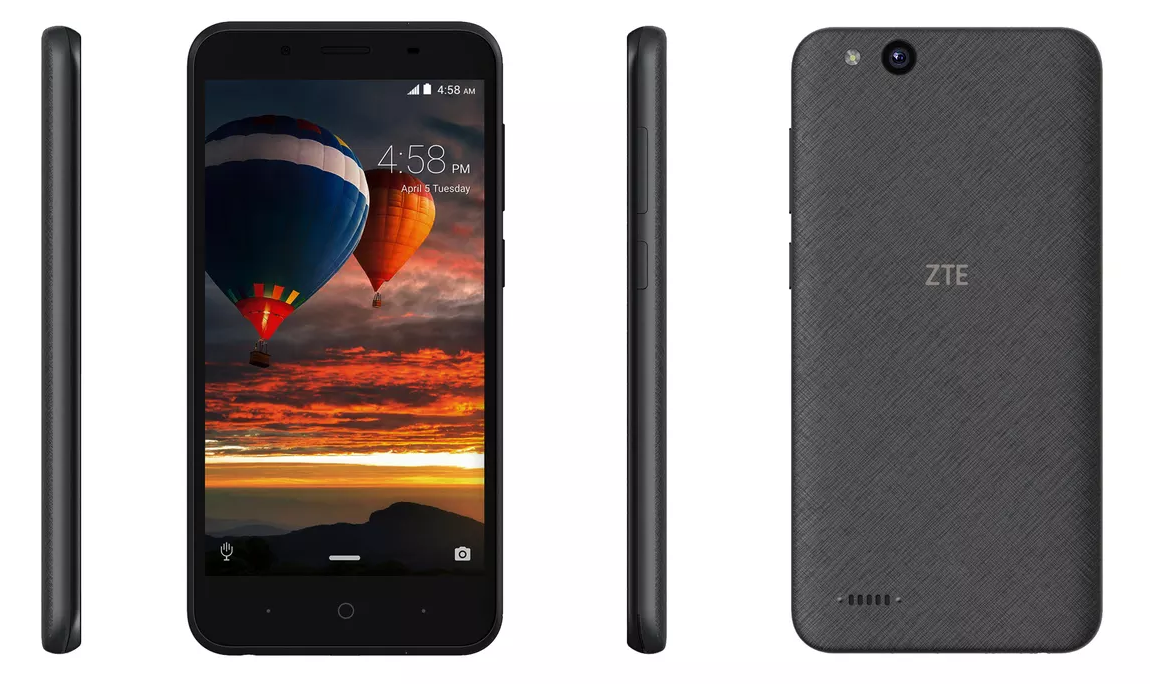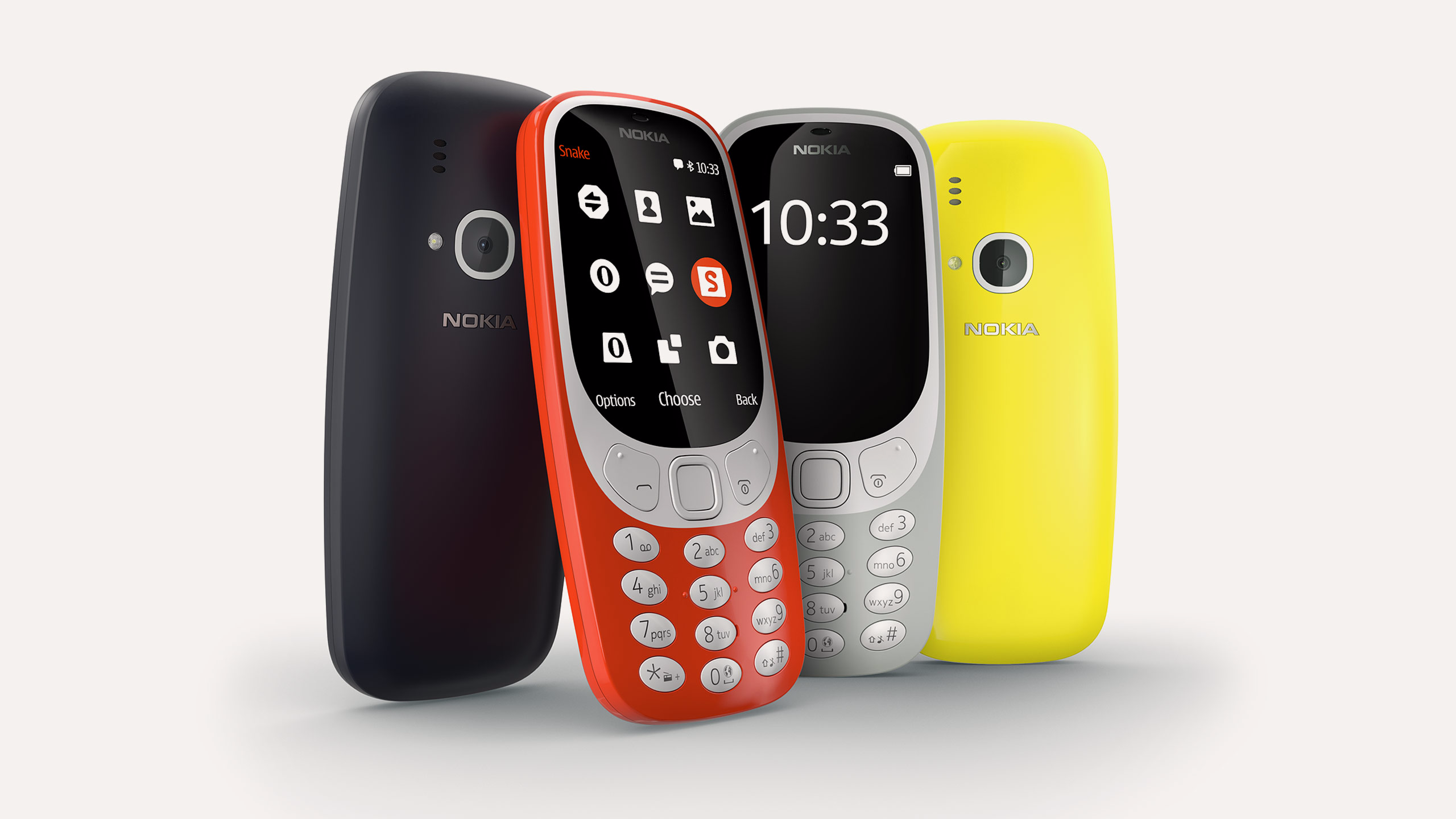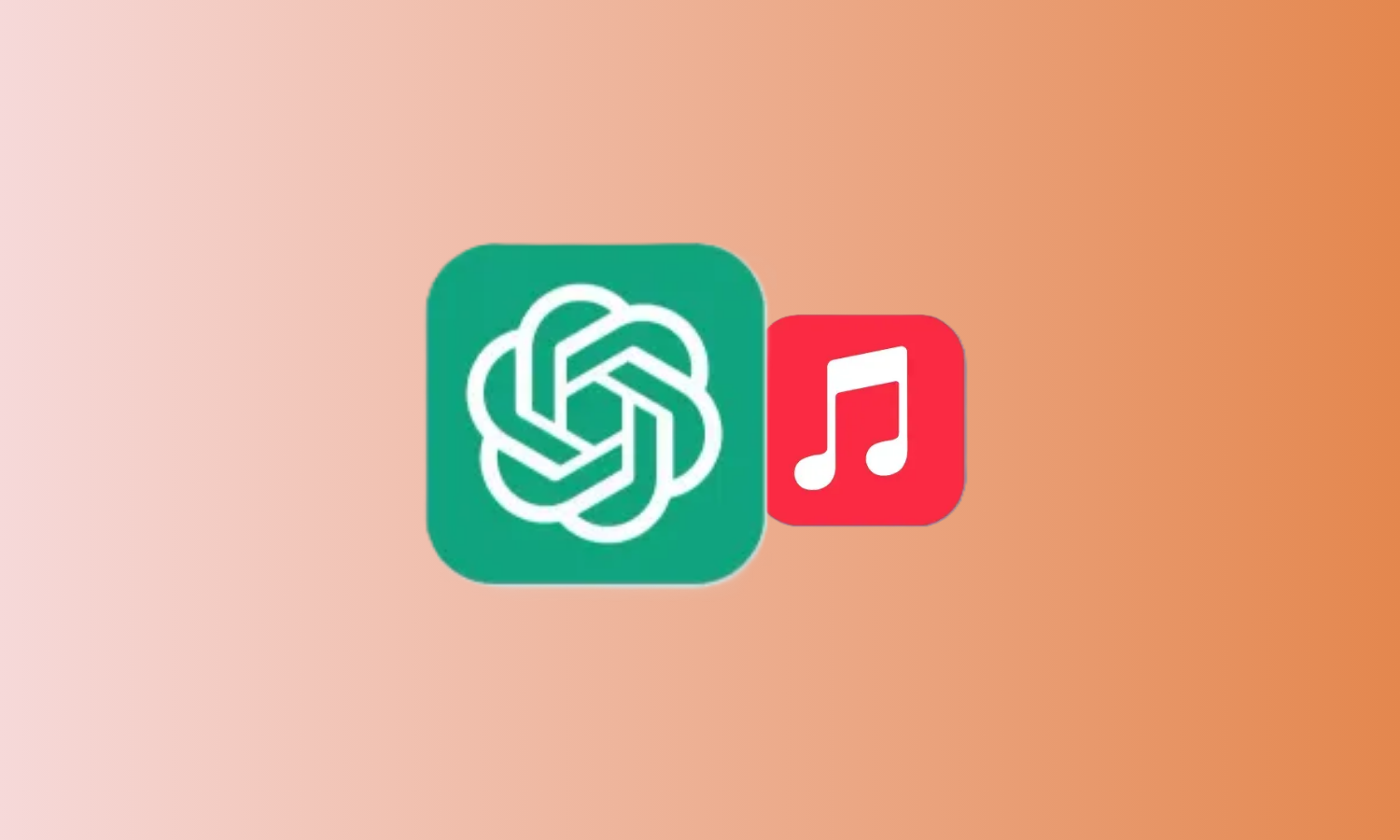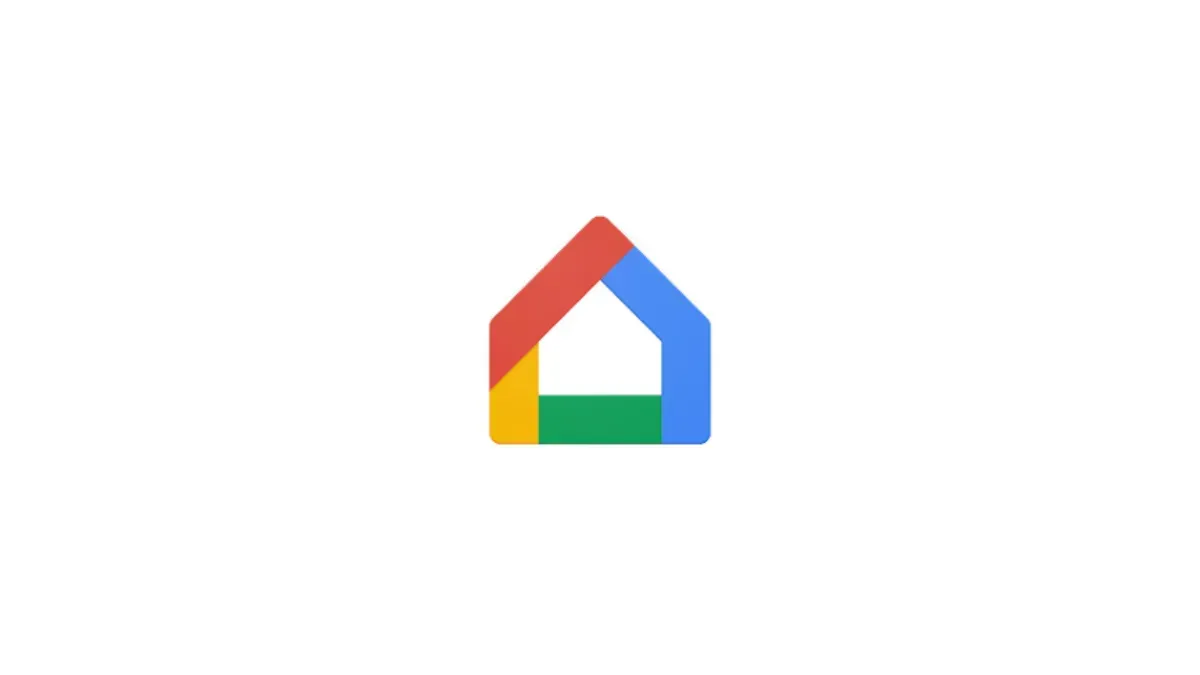Android Go is the latest attempt by Google to fix the user experience of the many cheap Android phones that are constantly shipping to developing markets. This is also an effort to push smartphones into every corner of this world, especially in markets that are still dependent on feature phones due to the slightly pricey Android smartphones, as part of Google’s next billion users’ master plan.
India is the world’s biggest feature phone market
According to the IMF, India is no longer a developing market, however, it’s still home to the world’s largest feature phone market, the type of devices that are mostly associated with developing markets due to their cheap price tags.
Most of the cheaply available Android devices have some of the worst user experience and this is due to their weak hardware. A device with a Snapdragon 212 chipset and another with a Snapdragon 630, for instance, will never deliver the same user experience on Android 8.0 Oreo for obvious reasons, but with Android Go, which is currently based on Oreo 8.1, Google wants the weaker devices to deliver the same (or thereabout) user experience as the more powerful handsets using the lighter OS.

Demand for feature phones in Africa and India is still rising
It is mostly in developing markets that you’ll find the weaker Android phones. These are the hunting grounds for Android Go, but there’s one major stumbling block: feature phones. Essentially, Android Go is trying to eat into the feature phone market by offering first-time mobile phone owners a chance to jump straight to a smartphone rather than the “typical” channel of going via a feature phone before finally upgrading.
According to IDC, global smartphone shipments dropped by 6.3%, down from 430.7 million units in Q4 2016 to 403.5 million units in Q4 2017, with one of the major reasons being the constantly rising prices of premium phones yet they don’t present consumers with solid enough reasons to buy them over their equally capable immediate predecessors.
Despite the overall decline, some markets like India, which is the third largest smartphone market in the world after China and the U.S., still recorded positive growth. The IDC reports that in the entire 2017, India, which is the largest feature phone market in the world, shipped a total of 164 million feature phones. In Q4 2017, however, vendors managed to ship a total of 56 million units, representing a humongous 67% year-over-year growth and 33% growth from Q3 2017. Also, IDC reports that of 225 million mobile phones shipped in Africa in 2017, 136 million, or otherwise, 60% were feature phones. This ensured that the market share for feature phones rose to 61% compared to 55.4% in 2016, while the smartphone market share dropped from 44.6% to 39%.
Android phones cost as cheap as $50, but due to the unpleasant user experience such a device offers, one would be better off with a feature phone. Google’s Android Go wants to give you a similarly affordable smartphone that delivers a better user experience on the same hardware. So far, this isn’t the case, at least going by the specs versus price combinations of all Android Go phones unveiled at the MWC 2018.

Also Read: Why Android Go phones are still not quite what we expected
Only time will tell
These are interesting statistics because they affect the success of Android Go. While Google might be selling Go as an OS that promises smooth performance on devices with entry-level specs, OEMs see Go as a chance to push their phones to the deepest parts of developing markets where people can mostly afford feature phones.
Africa is where you’ll find most developing markets, but Android Go will not be limited to this continent. So far, we’ve heard rumors that Nokia 1 may be sold in the U.S. while India has several upcoming Android Go phones. Alcatel 1X is heading to Europe and Turkey’s General Mobile has one too, which should be sold in some European and Asian markets as well.
The success of Android Go largely depends on how good the phones can be as feature phone alternatives, especially in terms of pricing.
The fact that lots of feature phones are shipping to what would be Android Go target markets is largely because of price. In these markets, feature phones can go for as little as $10. This is the type of market that Android Go is looking to buy into, but with the likes of Nokia 1 priced at $85 and Alcatel 1X attracting a price tag of up to €110, Google’s master plan for the next billion users seems to be facing an uphill task, at least for now.
Of course, this is just the beginning of what should be a long journey. The MWC 2018 was the first to bring forth Android Go phones and these devices won’t be the last. In fact, we expect lots of Go phones in the near future, with one having already been confirmed by a Ugandan company and more to come from India and China.

However, if none of these OEMs addresses the current pricing gap between Android Go and feature phones, it won’t be easy for the former to crack the African mobile phone market, which is currently dominated by the latter mostly because of price.
Until Android Go phones start asking for about $50 and below, it won’t be easy turning the tables around in Africa and India.
Interestingly, most sellers of these feature phones are basically the same companies that are expected to push Android Go into these markets. I’m talking the likes of Tecno, iTel and Alcatel (the former two are owned by China’s Transsion Holdings). It’ll be a pleasure to watch how they balance between the two platforms, especially on price matters.
If anything, the success of Android Go largely depends on how good the phones can be as feature phone alternatives, especially in terms of pricing. Until Go phones start asking for about $50 and below, it won’t be easy turning the tables around in Africa and India. As it is, it’s clear that feature phones are still standing tall in the way of Google and Android Go. For how long? Only time will tell.
Thoughts?













Discussion